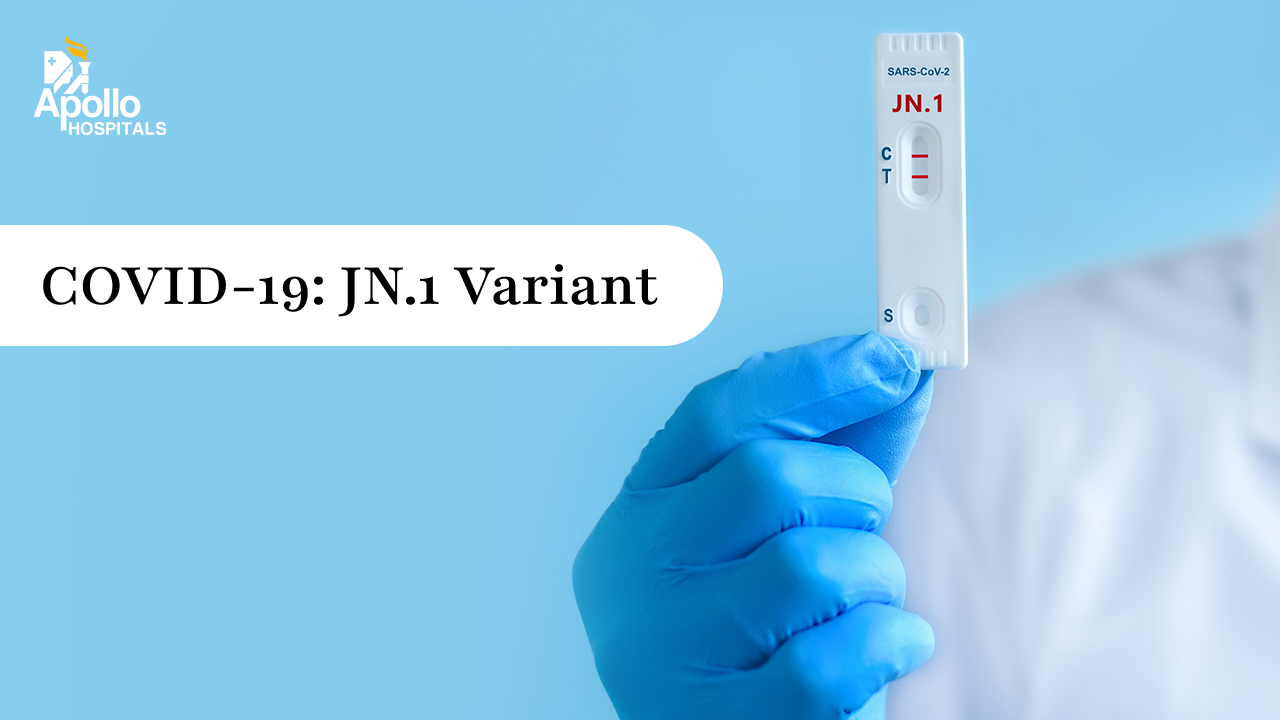Could not find what you are looking for?
Introduction
When Seconds Decide Future
It’s 7:46 AM. A father collapses over his morning tea—clutching his chest, breath shallow, words slurred. His wife rushes to the car, fumbling for keys, but traffic awaits. Panic sets in. Time slips. What happens next depends on one decision: Do you drive, or do you dial 1066?
Every year, countless lives are lost in India not because help is unavailable, but because help is delayed. Medical emergencies—heart attacks, strokes, accidents , don’t wait. And in these moments, neither should we. At Apollo Hospitals, we’ve redefined what emergency care means in India.
More than just a hospital, Apollo is a coordinated emergency response ecosystem. A single call to 1066 doesn’t just summon an ambulance—it activates a life-saving chain of command: paramedics, specialists, cutting-edge tech, and a race against the clock.
Because in an emergency, your car can’t save a life.
But a call to 1066 can.
Apollo Round-the-clock Emergency No. 1066 – A Game-Changer
In a country where most emergencies are handled with hurried drives to the nearest hospital, Apollo introduced something radical: 1066, India’s first dedicated emergency response helpline. It’s not just a number—it’s an entire emergency system built to global standards.
Available 24x7, 1066 is more than a helpline. It connects callers to Apollo’s command centre where trained medical personnel assess the situation, dispatch the nearest Advanced Life Support (ALS) ambulance, and initiate early intervention protocols—while the patient is still en route.
Now, add India’s first 5G-connected ambulances to the mix. These mobile ERs stream real-time vitals, ECGs, and even video feeds to emergency doctors at the hospital. Treatment decisions begin before the patient even arrives.
This isn't just a leap—it’s a transformation. It means:
- Clot-busting drugs can be prepared for stroke patients even before they reach the hospital and have a CT scan.
- Cath lab teams are already scrubbed in when a heart attack patient rolls in.
- Trauma surgeons know the extent and location of the injuries before they see the patient.
In emergency medicine, minutes aren’t minutes. They’re chances. And 1066 gives every patient more of them.
What Happens When You Dial 1066
The moment you dial 1066, a protocol springs into action. No frantic explanations. No confusion. Just a calm, structured, life-saving response.
Step 1: Medical Triage on the Call
A trained responder collects essential details—symptoms, location, urgency—and begins medical triage. If the situation is critical, an ALS ambulance is dispatched instantly.
Step 2: Ambulance as a Mobile ICU
Enroute, the ambulance is no ordinary vehicle. It is equipped with a defibrillator, oxygen, cardiac monitors, emergency drugs, and trained paramedics who provide Advanced Cardiac Life Support (ACLS) and trauma care.
Step 3: Real-Time Hospital Coordination
Using 5G and telemetry, the ambulance streams vital stats directly to the hospital. ER doctors receive early alerts, enabling them to prep medication, reserve imaging suites, or mobilise specialists.
Step 4: Seamless Handoff at the ER
There’s no ‘handover’ time lag. Doctors begin interventions the moment the patient is wheeled in—because they already know what’s coming.
This is not chaos. It’s choreography. Every minute is orchestrated. Every second accounted for.
And that’s what makes 1066 India’s most advanced emergency response system.
Inside Apollo’s Emergency Arsenal
Walk into an Apollo Emergency Room and you’ll notice something different. Not just urgency—but preparedness. Systems hum, not panic. Protocols lead the care , leading to calm seamless treatments that save lives.
The Technology
- CT and MRI on standby for immediate stroke and trauma imaging.
- On-site Cath Labs for rapid angioplasty—cutting “door-to-balloon” time dramatically.
- Point-of-care diagnostics, blood banks, and operating rooms that are open 24/7.
- AI-enabled triage tools to assist in early warning and prioritisation.
- 5G-connected ambulances, a first in India, that stream real-time patient data en route.
The Team
Apollo’s Emergency Departments are staffed with:
- Trained Emergency Medicine Physicians, certified in ACLS, ATLS, and PALS.
- Nurses skilled in trauma, pediatrics, and cardiac care.
- Quick-access specialists—neurologists, trauma surgeons, cardiologists, critical care doctors —ready within minutes.
. These are specialists in speed, strategy, and survival.
The Process
Each emergency is met with internationally benchmarked clinical pathways. Whether it’s a STEMI heart attack, a Code Stroke, or a polytrauma, the team doesn’t guess. They execute—with clockwork precision.
Triage determines priority. Stabilisation begins within moments. Diagnostics, labs, and specialist input happen in parallel, not sequence. This compresses time. And expands chances of survival.
The Human Touch
And while tech and training are vital, Apollo hasn’t forgotten the human in the emergency. Empathy training, communication protocols, and comfort-first pain relief like nerve blocks and safe sedation ensure patients—and families feel cared for, not just treated.
Because in the ER, a calm voice is as life-saving as a cardiac monitor.
When Speed Saves Lives
In the world of emergency medicine, outcomes aren’t random—they’re time-bound. And Apollo’s systems are designed to beat the clock.
For example, A 58-year-old businessman collapses during breakfast. His wife calls 1066. Within 8 minutes, a 5G ambulance arrives. The paramedic transmits a probable stroke diagnosis. By the time they reach the hospital, the neurologist is ready. A CT confirms an ischemic stroke. Thrombolysis begins within 32 minutes of symptom onset—well within the golden hour.
Result? He walks out 3 days later, with speech and memory intact.
Or here is a case of a young IT professional who experiences severe chest pain at work. His colleague calls 1066. The ECG is transmitted from the ambulance to Apollo’s Cath Lab. Cardiologists are prepped. The angioplasty begins within 45 minutes of first contact.
Outcome? The blockage is cleared before major heart muscle damage occurs.
Real Impact:
Apollo benchmarks every critical timeline:
- Door-to-balloon time
- CT-to-needle time
- Door to antibiotic time
Each time line is monitored. Each is improved. Each is a second closer to survival.
It’s not just about faster care. It’s about smarter, coordinated care that rewrites outcomes.
Apollo’s Emergency Vision for India
Apollo isn’t content with city-wide excellence. Our vision is nationwide emergency readiness.
That’s why we’ve set up over 150+ TeleEmergency units across rural India. Here, local teams are connected via video to Apollo’s ER physicians. Be it a child in respiratory distress or a farmer with head trauma. Each infividual gets immediate expert guidance and life-saving direction—without waiting for a city referral.
And we’re not stopping.
Our goals include:
- Expanding the 5G ambulance fleet across metros and Tier 2 cities.
- Integrating AI into triage and diagnostics for earlier intervention.
- Building India’s largest emergency care database to track patterns, improve prediction, and inform policy.
Because emergency care isn’t just about hospitals. It’s about access, awareness, and action.
To every Indian household, we say: Learn the signs. Know where to go. And most importantly, save this number: 1066.
One call. One network. One chance to save a life.
Conclusion:
One Number. Unlimited Hope
Emergencies don’t come with a warning. But they do come with a window. And that window is smaller than you think.
Apollo Hospitals has spent decades preparing for that one moment in your life when everything could change. From the moment you dial 1066 to the moment you’re wheeled out of danger, every second is handled with expertise, empathy, and excellence.
Your car can’t navigate traffic while performing CPR.
Your car can’t monitor vitals or alert doctors en route.
Your car can’t save a life.
But 1066 can.
Save the number. Share the number and call when it matters most—.
In a medical emergency, don’t wait. Call 1066.
Frequently Asked Questions (FAQs)
When should I call 1066 instead of driving to the hospital?
You should call 1066 immediately during any medical emergency — such as chest pain, breathing difficulty, unconsciousness, stroke symptoms, road accidents, seizures, or severe bleeding. Every minute counts, and trained professionals will begin care even before reaching the hospital.
Isn’t it faster to just drive to the hospital myself?
Not always. While you may think it’s quicker, driving under stress can delay care, worsen the situation, or endanger lives. 1066 dispatches GPS-enabled ambulances and begins treatment en route, which is crucial during the golden hour.
What if I’m unsure whether it’s an emergency?
When in doubt, always call 1066. Our trained call handlers will assess the situation and guide you through the next steps. It’s better to over-respond than delay life-saving intervention.
Is the 1066 emergency helpline service available 24/7?
Yes. Apollo’s 1066 emergency helpline is available 24/7. Our advanced ambulances operate round the clock, with a dedicated team of call responders, paramedics, and ambulances equipped to handle critical cases across cities.
How much does calling 1066 cost?
The call itself is free. Ambulance and treatment charges vary based on the service and location, but prompt intervention often prevents higher hospital costs due to late treatment.





